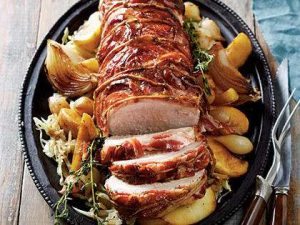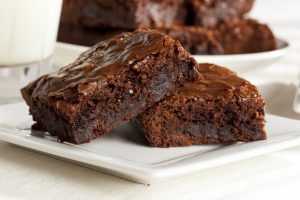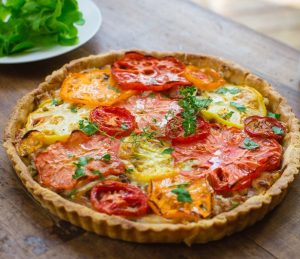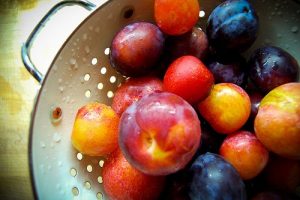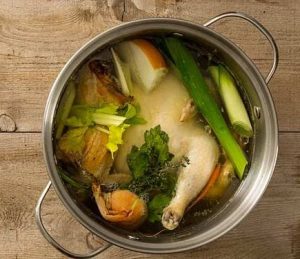 Photo: Christina Peters
Photo: Christina Peters
I love fall and winter and I love to cook hearty stews and warming soups. One of the most important ingredients is stock or broth for your dish and homemade is the best. Most of the time spent making stock is hands off, it needs to simmer for a good 4 hours so prep time in the kitchen can be limited to about 1/2 hour. Cut most of that time in half by making the stock in your pressure cooker but I like the results better just simmered slowly on the back of the stove. (Besides it makes your house smell wonderful!) I’ve included a list of descriptives for stock, broth, stew, soup etc. And my recipe for a perfect stock; stock is made with bones and broth is made with pieces of meat and vegetables and is a little less hearty than stock. Keep some stock in your freezer for quick meals during the winter season. Recipe below but here are some descriptives of soups, stews etc.
Bisque: a rich, thick usually smooth soup. Thickened either by pureeing or adding cream and usually made with some kind of seafood.
Chowder: a thick, chunky soup
Stock: clear savory liquid made from vegetables or meat on the bone
Broth: similar to stock but made with just meat or vegetables, not a hearty as stock
Gazpacho: a cold vegetable soup usually with tomatoes as main ingredient
Gumbo: thick broth with creole seasonings and chunks of meat & vegetables
Stew: thick soup with chunks of vegetables and/or meat
Soup: thinner than a stew with less chunks
Guides for making stocks
Use mild flavored vegetables, onions, celery, carrots, potatoes, tomatoes
No oily fish such as salmon
Beef bones with marrow will have more flavor
Use chicken feet for great taste and lots of natural gelatin
Do not season stock with salt until after it’s cooked
For making soups or stews
Any fresh or frozen veggie can be used. Do not defrost vegetable before using, just toss it into the stock.
Onion, peas, broccoli florets, celery, carrots, potatoes (will help to thicken soup also), corn, zucchini, peppers
Herbs
Basil, oregano, thyme, Italian parsley, crushed red peppers, Italian seasoning
Beans
Keep canned or frozen beans such as kidney, navy, white beans, pinto, black beans
Grains (pre-cook and freeze) Add at the end of cooking time
Farro, barley, rice, pasta, quinoa, beans
Chicken or Turkey Stock aka Bone Broth
- 1 whole organic chicken, about 4 lbs., rinsed well, or
- 3 # chicken pieces, backs, necks, wings, feet; these pieces will render a lot of gelatin (flavor) to your stock. Do not use livers but gizzards and heart are okay
- 2 bay leaves
- 3 sprigs of fresh flat-leaf parsley
- 2 sprigs fresh thyme
- 2 tablespoons cider vinegar, optional for bone broth
- 1 large onion, quartered, leave skin intact but wash off any dirt from the root
- 1 large carrot cut into thirds
- 2 celery stalks cut into thirds, include some top leaves
- 1 large leek, cut in half lengthwise and washed well between the leaves, cut into thirds
- 6-9 whole black peppercorns
Place the chicken into a large stockpot and cover with cold water. Bring to a boil over high heat; reduce to a simmer and skim any foam that rises to the surface. This should take about 15 minutes.
After removing any foam add the cider vinegar (for bone broth), vegetables and herbs, bring back to a boil, turn heat to a simmer and cook 2 – 2 ½ hrs.
Remove from the heat and let the stock sit for 10 to 15 minutes, remove large chicken pieces and strain remaining stock through a cheesecloth-lined strainer. Cool by placing the container of strained stock in an ice water bath in the sink and then refrigerate overnight.
The next day, remove the fat from the stock by skimming with a ladle. The stock will keep for 3 days in the refrigerator or 3 months in the freezer. Be sure to label and date before freezing.
To adapt the recipe for Turkey Stock, roast a turkey back, neck, 2 wings and 1 package of chicken feet (yes, chicken feet have tons of flavor!) in the same manner as above.
For a deep rich flavor you can brown all your chicken pieces and vegetables, if desired, before making stock.
*Pressure Cooker or Instant Pot Directions
Place all pieces into the pot along with herbs, vegetables etc. Add 10 cups of cool water, cover and cook on high for 1 hour in your electric cooker. Let pressure cooker release naturally, strain and cool as above.



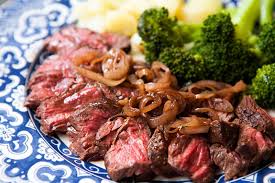



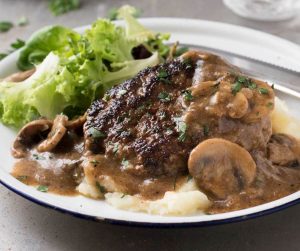
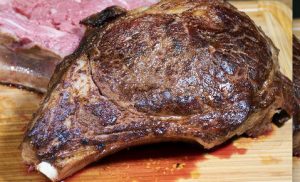

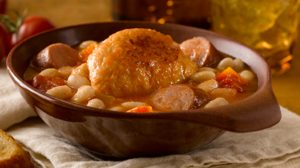
 Photo: Christina Peters
Photo: Christina Peters